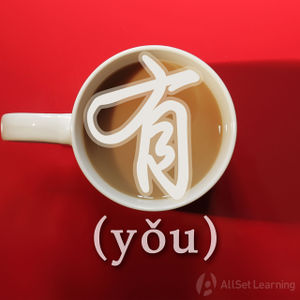Difference between revisions of "Expressing "in addition" with "haiyou""
m (Text replace - "{{Grammar Box}}" to "{{Grammar Box}}{{#seo:keywords={{SEO Keywords}}}} ") |
m (Text replace - "{{#seo:keywords={{SEO Keywords}}}}" to " ") |
||
| Line 1: | Line 1: | ||
| − | {{Grammar Box | + | {{Grammar Box}} |
Revision as of 04:17, 25 November 2013
-
Level
-
Similar to
- Expressing "and" with "he" (A1)
- Expressing "and also" with "hai" (A2)
- Expressing "except" and "in addition" with "chule… yiwai" (B1)
- Expressing "in addition" with "lingwai" (B1)
- Expressing "in addition" with "zaishuo" (B1)
- Expressing "not only... but also" with "budan... erqie..." (B1)
- Using "budan... geng" to express "not only... but also" (B2)
- Expressing "as well as" with "yiji" (C1)
-
Used for
-
Keywords
"还有" (háiyǒu) is used to express "In addition..." in a conversation. It is introducing new information to the topic the speaker(s) is/are talking about. While it's not the most challenging grammar structure, an important thing to keep in mind is that 还有 starts a completely new sentence or clause.
Structure
It's as simple as using 还有 before the new clause or sentence. 还有 can also be used with a comma, similar to how we can say "in addition, . . ." in English.
Clause 1 , 还有 + (,)+ Clause 2
Examples
- 我 今天 要 考试。还有 ,必须 写 完 中文 作文。Oh, man! I’m going to have a exam today and I have to finish writing my Chinese essay.</spa>
- 今天 特别 倒霉,他的 女朋友 离开了他,还有 他 的 老板 要 解雇 他。Today it's really unlucky. His girlfriend left him and on top of that, his boss is going to fire him.
- 普通话 很难。还有 ,专家 觉得 日语、广东话、韩语,这 三 门 语言 也 很难。Chinese is very hard. Furthermore, experts think that Japanese, Cantonese, and Korean are also hard.
See also
Sources and further reading
Books



